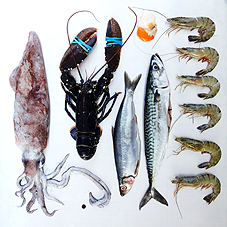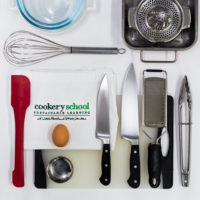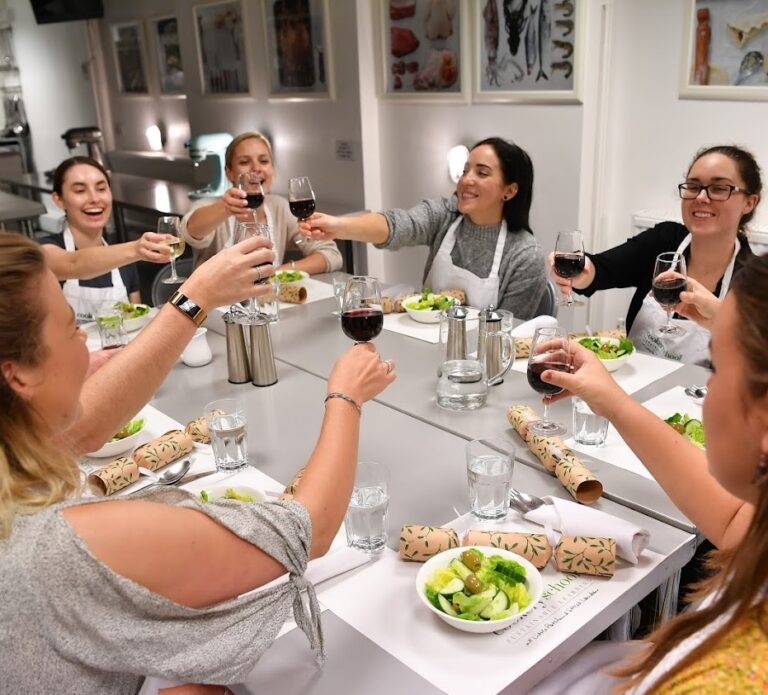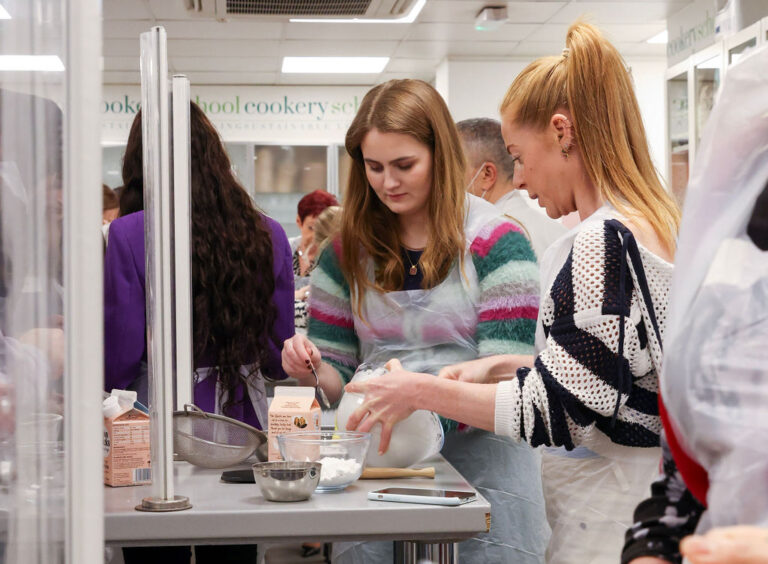Ros Rants: On the subject of sugar
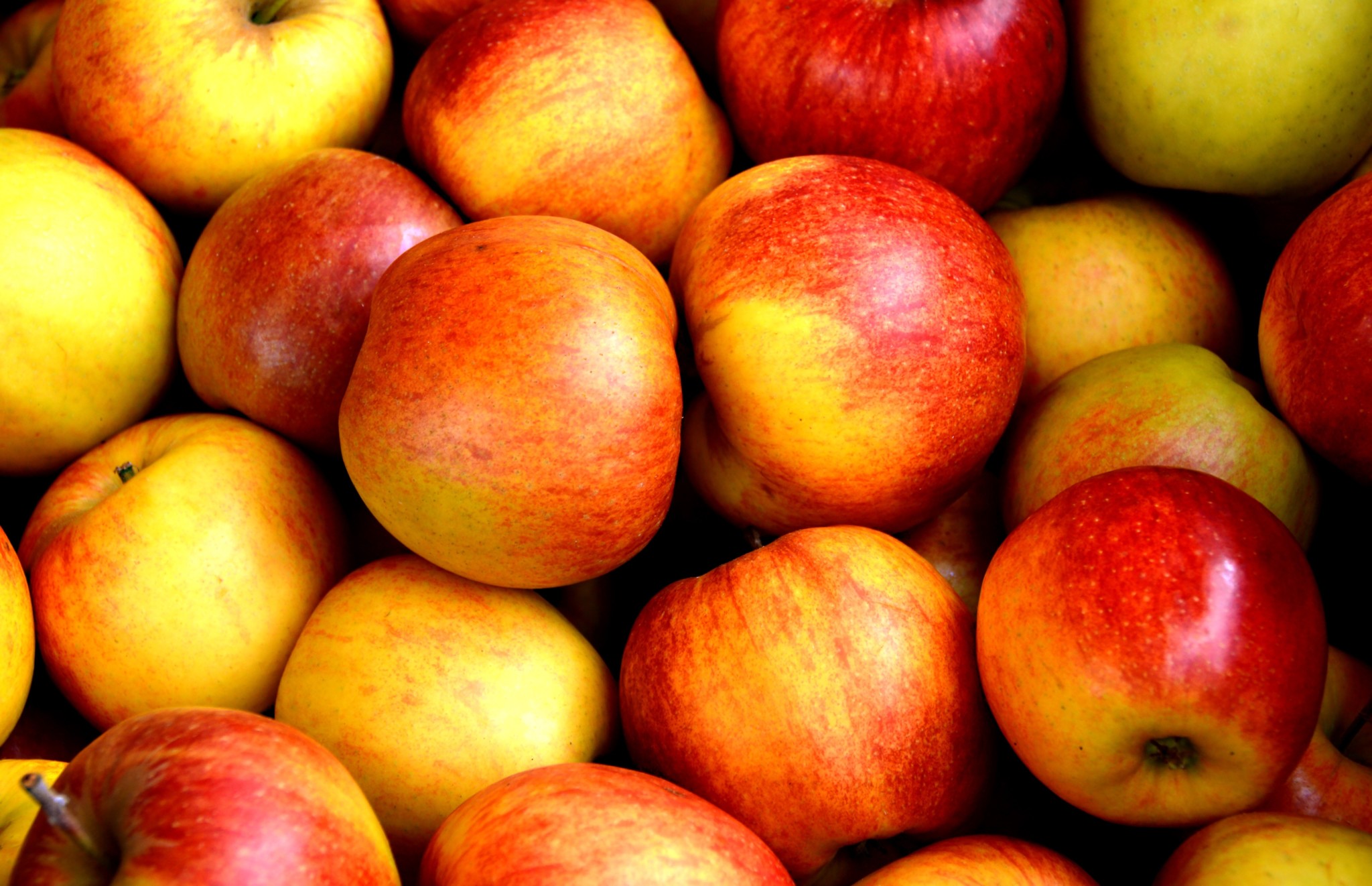
I am no stranger to a sweet treat – in fact, I love them! From pieces of Original Beans Pura Malingas Peruvian 75% chocolate to snack on, to gorgeous fruit crumbles, there isn’t much I don’t like.
The one thing that all diets have in common is that sugar is the baddie. However, when humans first started cooking, sugar was viewed as a treat, mainly because it was so hard to come by. Today, sugar is surreptitiously slipped into so much of our everyday foods so that we almost expect everything to be sweeter than it should be. In fact, there are probably generations that wouldn’t recognise the taste of the tinned and bottled produce I was fed as a child over 70 years ago.
These days, there are also many more options – what once was viewed as an occasional sweet treat is now readily available via pastry shops, confectioners, cafes and restaurants, making it all the harder to resist.
At Cookery School, we feel that if we are teaching our students how to bake special treats, nothing but the best butter, flour, eggs and sugar will do. There is no good substitute for any of those ingredients. However, whenever we can, we try to reduce our sugar use by reverting to very simple and acceptable means. We will not use any artificial or even supposedly acceptable alternatives like stevia, instead opting for regular products that taste good.
Instead of using tart Bramley apples that require sugar to be added, we substitute dessert apples. When cooked with water until soft, they have a delicious flavour and there is nowhere that we know of where dessert apples cannot replace Bramleys. They may need different treatment – for example, being pre-cooked as they take longer to soften – but the end result will be an equally delicious dish. We use them in apple pies, apple tarts, purees, compotes and chutneys.
In cooking where we want to add sweetness to a dish without added sugar, we use concentrated apple juice, which is free of any preservatives or additives – rather like pomegranate syrup – where the pure juice is simply concentrated into a thick liquid. The flavour is not overwhelmingly strong but the sweetness can be added to a dish without the use of pure sucrose. It works really well in our granola, where it is added to the dry ingredients before being baked.
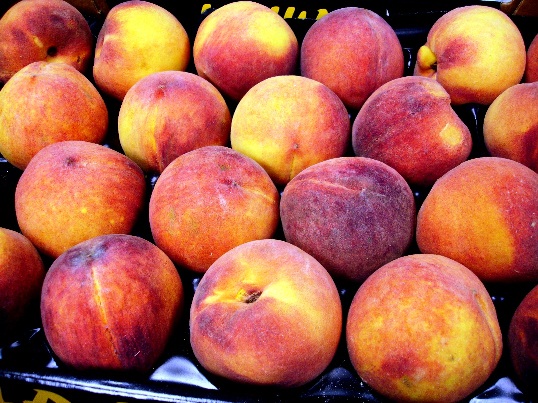
Stewing or baking fruits without the use of sugar gives wonderful results. In winter, we use dessert apples and any variety of pear and in the summer, stone fruits like plums, peaches and nectarines benefit from this method of cooking. If we are poaching then we simply cut the fruit into the shape that we would like (i.e halves or quarters), put into a saucepan and cover with water. We cook until the fruit is tender when pierced with a knife. We then take the fruit out of the poaching liquid, which will by now have absorbed the flavour of the fruit and continue to reduce the poaching liquid until it thickens and has a gently sweet flavour. We then pour this syrupy water over the poached fruit and let it cool. If a flavouring (like vanilla) is required, then we simply place a pod in with the fruit at the start of the poaching and end up with vanilla-flavoured syrup – particularly lovely with pears.
If we want to bake the fruit, the process is just as simple. Cut into the required shape and place the pieces in a baking tray, making sure they fit comfortably without being squashed. Place the cut side of the fruit facing upwards. We pour a small amount of water into the bottom of the dish but make sure during the baking process that the water does not dry up. Check and add small amounts of water constantly to keep the fruit steaming. Halfway through the cooking process, turn the fruit over so that the liquid from the fruit that has collected on the top side is poured into the baking water. It will colour and flavour the poaching liquid. Bake the fruit cut side down for a while to allow it to cook and then turn it cut side up again. If you want a toasty top to your fruit, place the tray under the grill for a short while to colour the fruit. I love that look. Again, remove the fruit with a slotted spoon from the poaching liquid in the baking tray. If there is a lot of liquid, pour it into a saucepan and reduce it as you would do if poaching the fruit. Once the liquid is syrupy and the sweetness more concentrated, pour it over the baked fruit and allow them to cool with it.
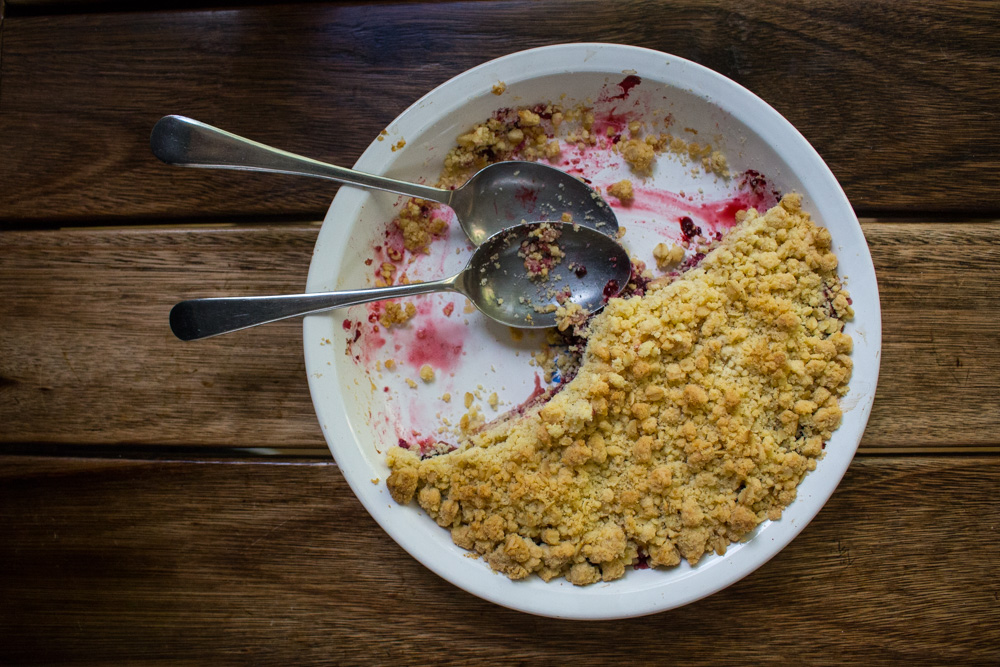
Fruit cooked in the two ways described above is really surprisingly delicious, is free of added sugar and with a blob of crème fraiche, whipped cream or mascarpone served alongside, it is a dessert made in heaven. If you want a little extra added sugar and more indulgence, dribble over a very small amount of liqueur of choice.
Speaking of alcohol – bananas doused in rum and baked with a little butter dotted on them is another fantastic dessert. Of course, a little whipped cream never goes astray!
—
What’s your approach to sugar? Should you wish to learn more about how we use naturally occuring sugars, why not book into one of our classes?
